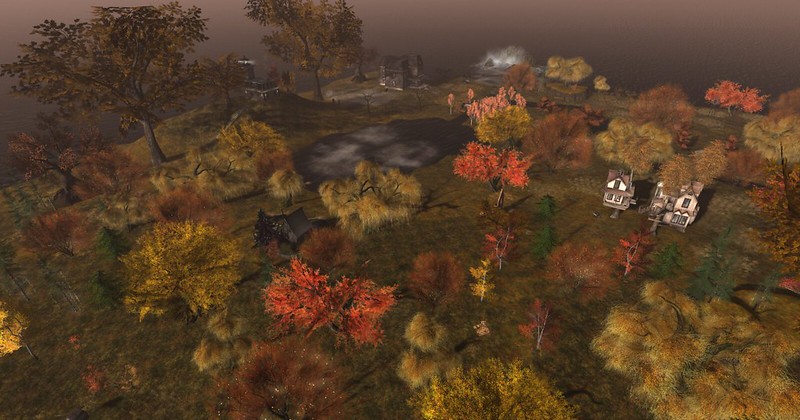On a large,bisexuality and the eroticism of everyday life by marjorie garber rocky world in a far-off solar system, a year goes by in just half a day.
Astronomers are continually finding unique planets in deep space, and a new survey just revealed 15 new planets, including a unique super-Earth. These are rocky worlds some 30 to 70 percent bigger than Earth, but not quite as massive as planets like Neptune. This latest super-Earth find, dubbed TOI-1798 c, is a rarity because it travels extremely close to its star — so close that an orbit takes about 12 hours. (That's a USP, or ultra-short period orbit.)
While some super-Earth's dwell in more temperate parts of their solar system, where liquid water could potentially exist, TOI-1798 c is scorching.
"TOI-1798 c orbits its star so quickly that one year on this planet lasts less than half a day on Earth," Ian Crossfield, an astronomer at the University of Kansas who coauthored the new research, said in a statement. "Because of their proximity to their host star, USPs are also ultra-hot — receiving more than 3,000 times the radiation that Earth receives from the sun. Existing in this extreme environment means that this planet has likely lost any atmosphere that it initially formed."
SEE ALSO: NASA scientist viewed first Voyager images. What he saw gave him chills.The new exoplanet (a planet beyond our solar system) discovery was recently published in The Astrophysical Journal.
While life likely doesn't inhabit such a ruthlessly hot, irradiated place, such planets add to the sum of knowledge about what types of rocky worlds are out there, and how other solar systems might differ from ours. For example, as far as scientists currently know, super-Earths are common in other solar systems — but we don't have one. Most solar systems have two, or more, stars. We have one.
"This suggests our solar system might be less typical than we assumed," Crossfield said.
 An artist's conception of two exoplanets orbiting the star TOI-1798. The super-Earth is the inner planet. Credit: W. M. Keck Observatory / Adam Makarenko
An artist's conception of two exoplanets orbiting the star TOI-1798. The super-Earth is the inner planet. Credit: W. M. Keck Observatory / Adam Makarenko To find the super-Earth TOI-1798 c, which is many light-years away, the researchers used two observatories. The NASA instrument TESS — short for Transiting Exoplanet Survey Satellite — has sensitive cameras that looks for dips in a star's light as a planet transits in front. This can provide proof of a planet's existence and details about its orbit.
But there's more. The exoplanet team also employed the Earth-based W.M. Keck Observatory atop Mauna Kea in Hawaii to find the planet's mass. They measured the star's ever-so-slight wobble as the planet orbited, ultimately allowing them to determine the super-Earth's mass. With this info, they could deduce its density, and other likely characteristics.
So far (as of May 24, 2024), astronomers have confirmed 5,632 planets in our Milky Way galaxy. Yet, our galactic home, with hundreds of billions of stars, may teem with trillionsof exoplanets.
 Best iPad deal: Save $70 on 10th Gen Apple iPad
Best iPad deal: Save $70 on 10th Gen Apple iPad
 Netflix teases giant 2024 movie and TV lineup: Watch the trailer
Netflix teases giant 2024 movie and TV lineup: Watch the trailer
 Kurt Vonnegut’s House Is Not Haunted by Sophie Kemp
Kurt Vonnegut’s House Is Not Haunted by Sophie Kemp
 Dirty Brown Subaru Outback by Kelan Nee
Dirty Brown Subaru Outback by Kelan Nee
 NYT Connections hints and answers for January 20: Tips to solve 'Connections' #589.
NYT Connections hints and answers for January 20: Tips to solve 'Connections' #589.
 Apartment Four by Jacqueline Feldman
Apartment Four by Jacqueline Feldman
 Google releases sneak peek of its Super Bowl commercial
Google releases sneak peek of its Super Bowl commercial
 Polestar 4 is now available in Europe and Australia
Polestar 4 is now available in Europe and Australia
 Best early Prime Day Fitbit deals 2025
Best early Prime Day Fitbit deals 2025
 7 songs poised to make a Swift exit from TikTok amid UMG's licensing dispute
7 songs poised to make a Swift exit from TikTok amid UMG's licensing dispute
 Super Bowl LIX livestream: Watch Eagles vs Chiefs on Tubi
Super Bowl LIX livestream: Watch Eagles vs Chiefs on Tubi
 The Paris Review’s Favorite Books of 2023 by The Paris Review
The Paris Review’s Favorite Books of 2023 by The Paris Review
 Review: 'Orion and the Dark' is here to soothe your anxiety
Review: 'Orion and the Dark' is here to soothe your anxiety
 The Church Van by Caleb Gayle
The Church Van by Caleb Gayle
 Brest vs. PSG 2025 livestream: Watch Champions League for free
Brest vs. PSG 2025 livestream: Watch Champions League for free
 Google releases sneak peek of its Super Bowl commercial
Google releases sneak peek of its Super Bowl commercial
 Fall Books: Zadie Smith, Moyra Davey, and Maya Binyam Recommend by The Paris Review
Fall Books: Zadie Smith, Moyra Davey, and Maya Binyam Recommend by The Paris Review
 Real Play by Devon Brody
Real Play by Devon Brody
 Blink Outdoor 4 deal: Get $130 off at Amazon
Blink Outdoor 4 deal: Get $130 off at Amazon
 In the Beginning by J. D. Daniels
In the Beginning by J. D. Daniels
This lipstick is so strong, it stayed put through a car crashJoe Biden gave President Obama a hug and now the internet wants one, tooHBO renews 'Barry' for a third seasonTrump supporters celebrate their victory on TwitterHillary Clinton's devastating loss spells heartbreak for women everywhereFacebook mocks privacy concerns with messages hidden in Oculus controllersNetflix's 'Black Summer' is a middling zombie thrillerNetflix's 'Black Summer' is a middling zombie thrillerSharp reveals new phone display that bends in half like a clamshellScientists explain the first ever picture of a black holeDisney CEO says Disney+ will likely be available on Apple TV, despite competing offeringsAmericans in London can eat their feelings with free cheeseburgers todayYou blew it, America: World reacts to a Trump presidency on TwitterNetflix's 'Black Summer' is a middling zombie thrillerJulian Assange arrest: Why free speech advocates are worriedTrump supporters celebrate their victory on TwitterYou blew it, America: World reacts to a Trump presidency on TwitterJulian Assange, the coThe entire US election was basically one giant Photoshop battleTesla's Model 3 shenanigans are getting ridiculous May ’68: A Great Lyrical Community Curtis Sittenfeld's Unambiguous Sophistication Arshile Gorky’s Muse Recalls Their First Date Redux: Emily’s Other Daffodil by The Paris Review Scheele’s Green, the Color of Fake Foliage and Death Whither the Angel in ‘Angels in America’? Writing the Lives of Forgotten Women Boy Genus: An Interview with Michael Kupperman Abridged Classics by John Atkinson Poetry Rx: I Wish You a Tongue Scalded by Tea Poetry Rx: Pleasure as a Means May ’68: What Legacy? My Own Boundaries Seem to Be Fading: An Interview with Lauren Groff Prime Numbers by Anthony Madrid Technical, Tactical, and Merciless: An Interview with Marcus Wicker The Man Behind the Weegee A Siren in a Paper Sleeve by Christopher King Lilac, the Color of Fashionable Feelings The Last Pawnshop Treasure Flowers Not Grown Anywhere Else by The Paris Review
3.6036s , 10195.453125 kb
Copyright © 2025 Powered by 【bisexuality and the eroticism of everyday life by marjorie garber】,Exquisite Information Network